GCSE Mocs Design Technology
1/51
Earn XP
Name | Mastery | Learn | Test | Matching | Spaced |
|---|
No study sessions yet.
52 Terms
Softwood
Come from Coniferous trees so they grow quickly
Hardwood
Come from Deciduous Trees so they grow slow
Property’s of Softwoods
Typically easy to work with and less dense
Property’s of Hardwoods
Typically hard to work with and very dense
Pine
Softwood
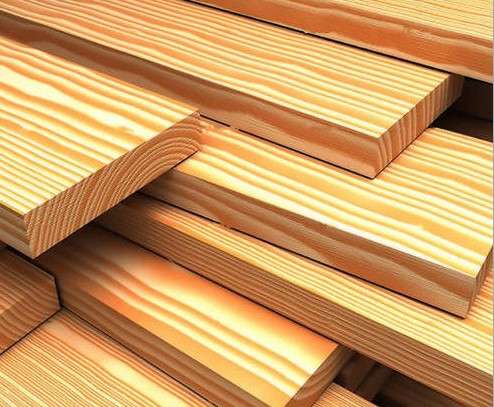
Pine advantages
Durable, Easy to work with, Cheap and Lightweight
Pine disadvantages
Can warp, crack and splinter
Pine uses
Construction and furniture
Cedar
Softwood
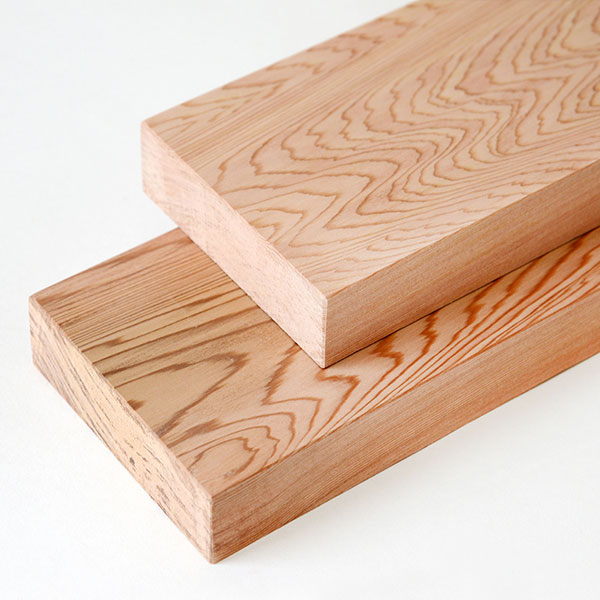
Cedar Advantages
Natural oils make it resistant to water and fungal growth
Cedar disadvantages
More expensive than pine but not as strong
Cedar uses
Outdoor furniture, fences, sheds boats
Larch
Softwood
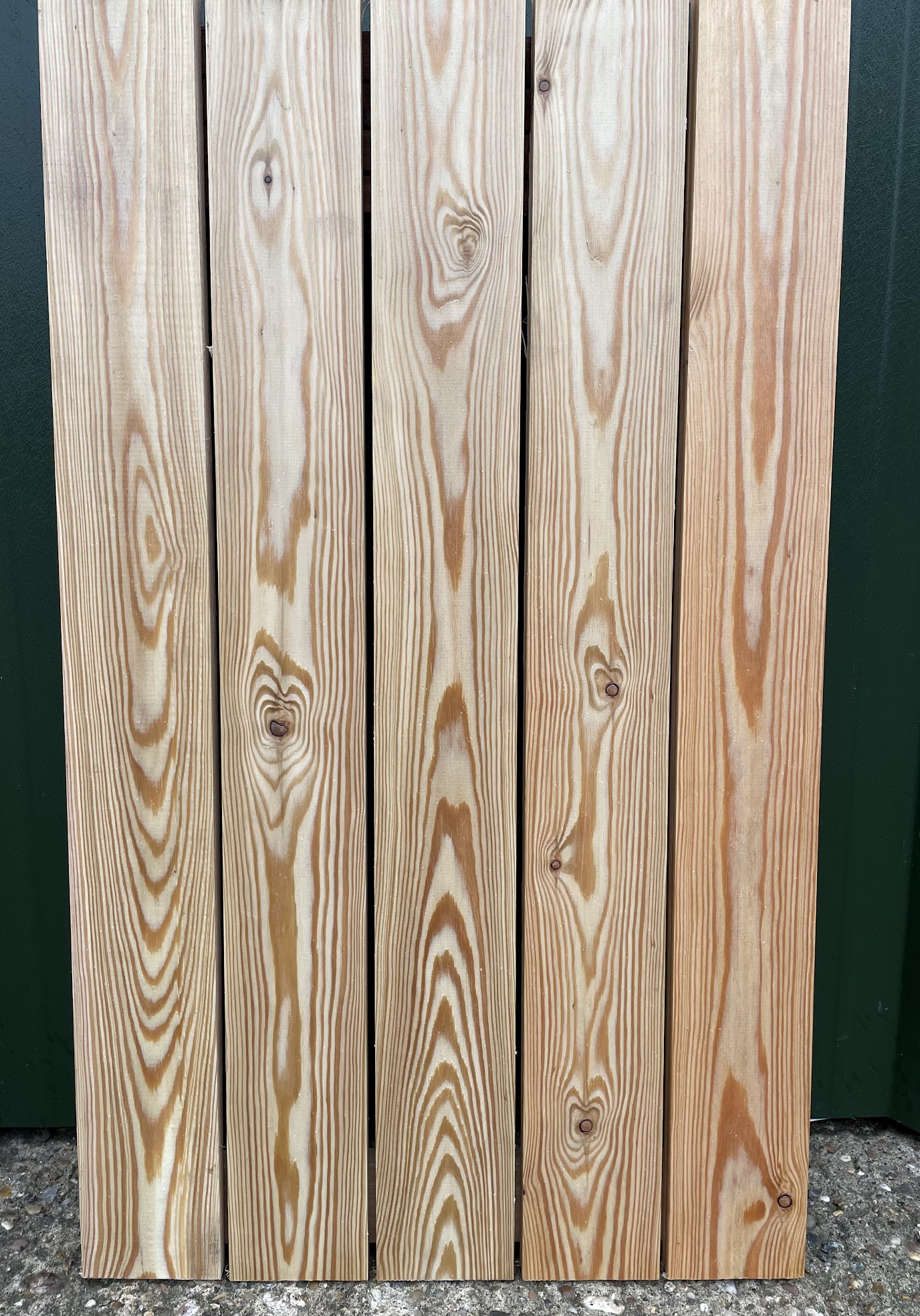
Larch Advantages
Tough, durable and resistant to water
Larch Disadvantages
Costs more than other softwoods
Larch uses
Structural components and boats
Oak
Hardwood
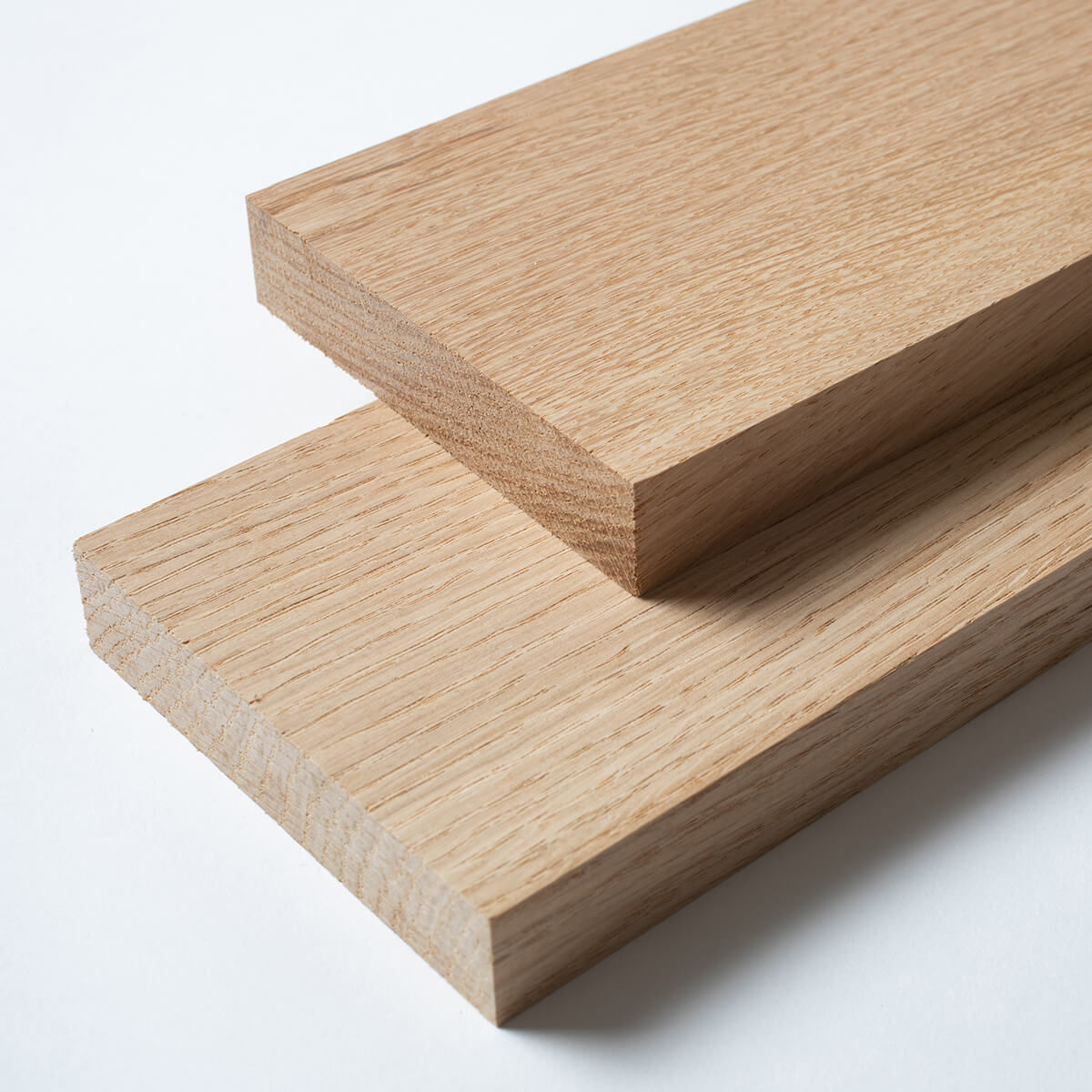
Oak advantages
Strong, durable and has a attractive grain when finished well
Oak disadvantages
Expensive, becoming rarer, Harder to work with, corrodes iron and steel
Oak uses
High end furniture and alcohol barrels
Mahogany
Hardwood
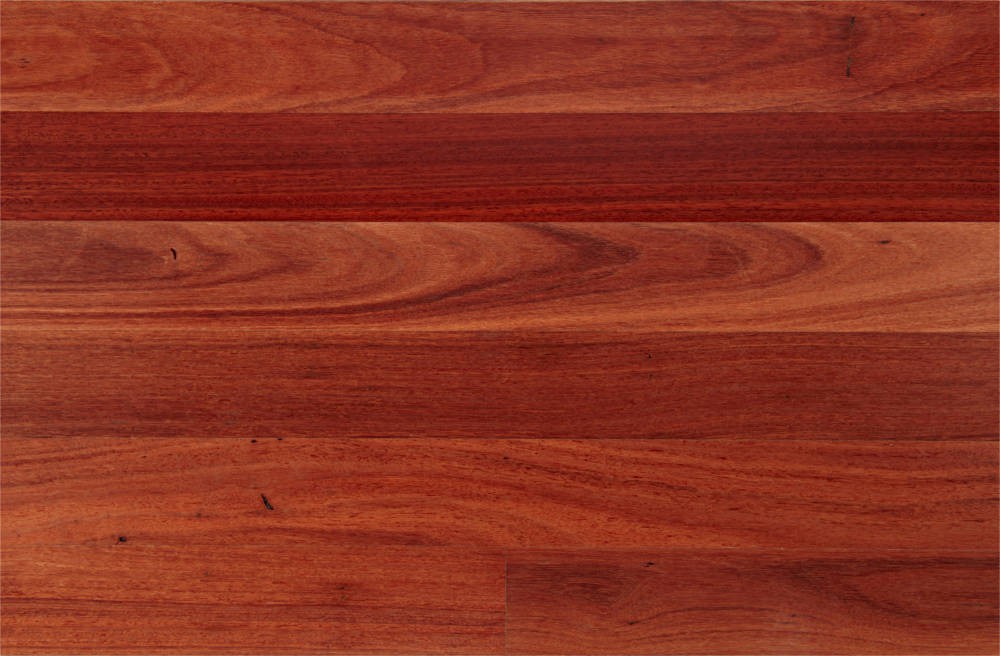
Mahogany Advantages
Attractive finish and easy to work with
Mahogany disadvantages
Very Expensive, Environmental issues, Can cause skin rash and breathing problems
Mahogany uses
High quality furniture and jewellery boxes
Beech
Hardwood
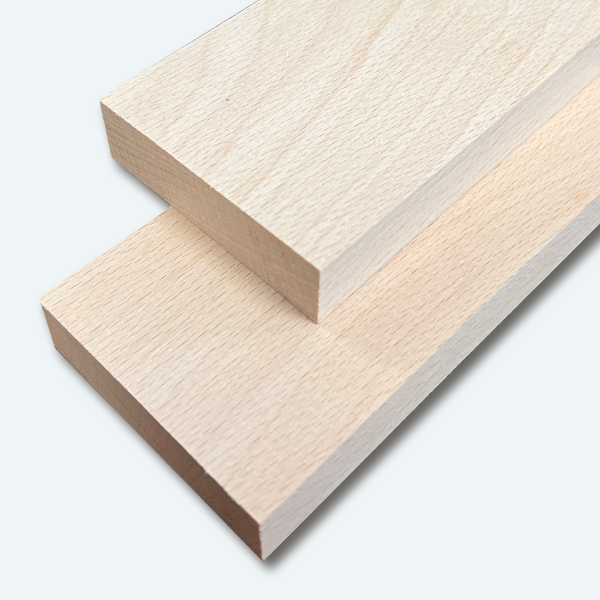
Beach advantages
Tough, does not crack or splinter easy and good for children
Beech disadvantages
Expensive, not resistant to moisture, not suitable for exterior use
Beech uses
Toys, Cooking implements and furniture
Balsa
Hardwood
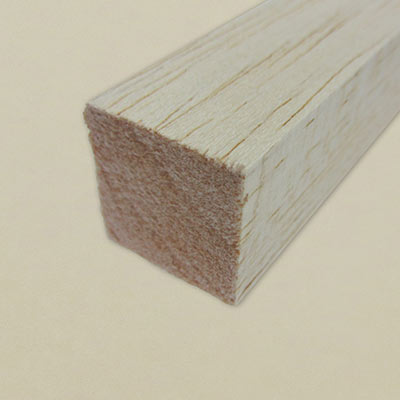
Balsa advantages
Extremely light weight and easy to cut
Balsa disadvantages
Easily damaged due to it being soft and weak
Balsa uses
Model making, surfboard cores and historically used to make rafts
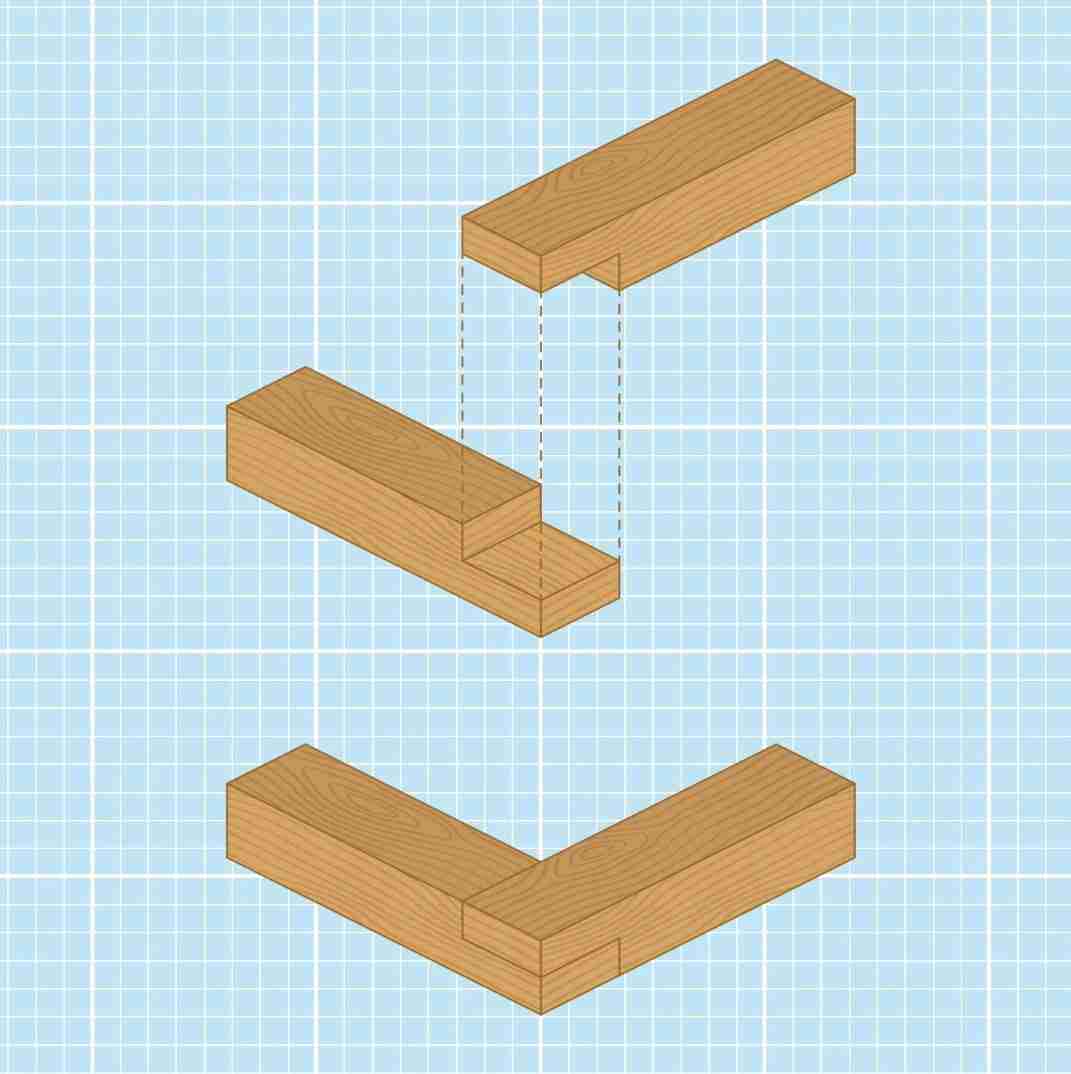
What is this joint
Half lap joint
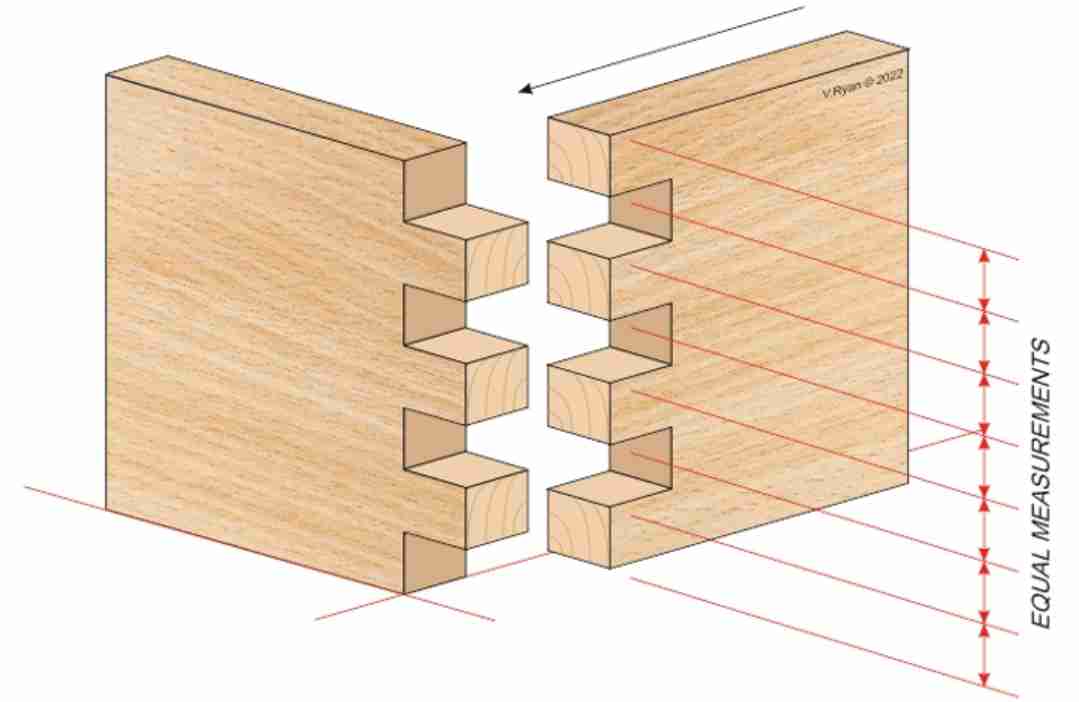
What is this joint
Comb joint
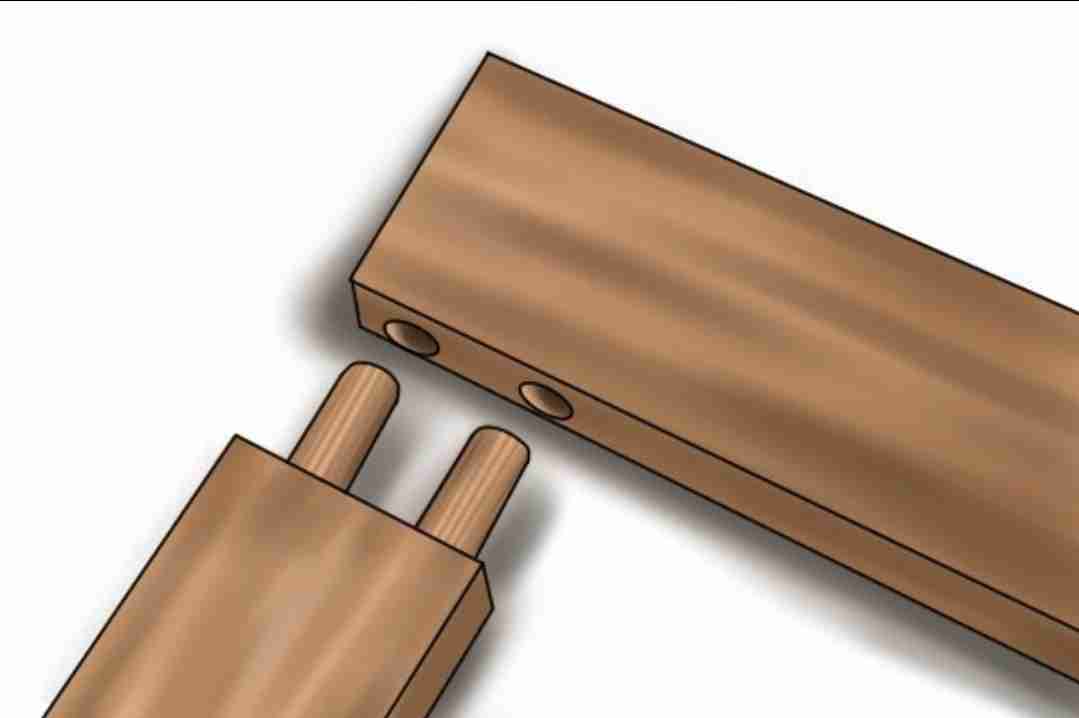
What is this joint
Dowel joint
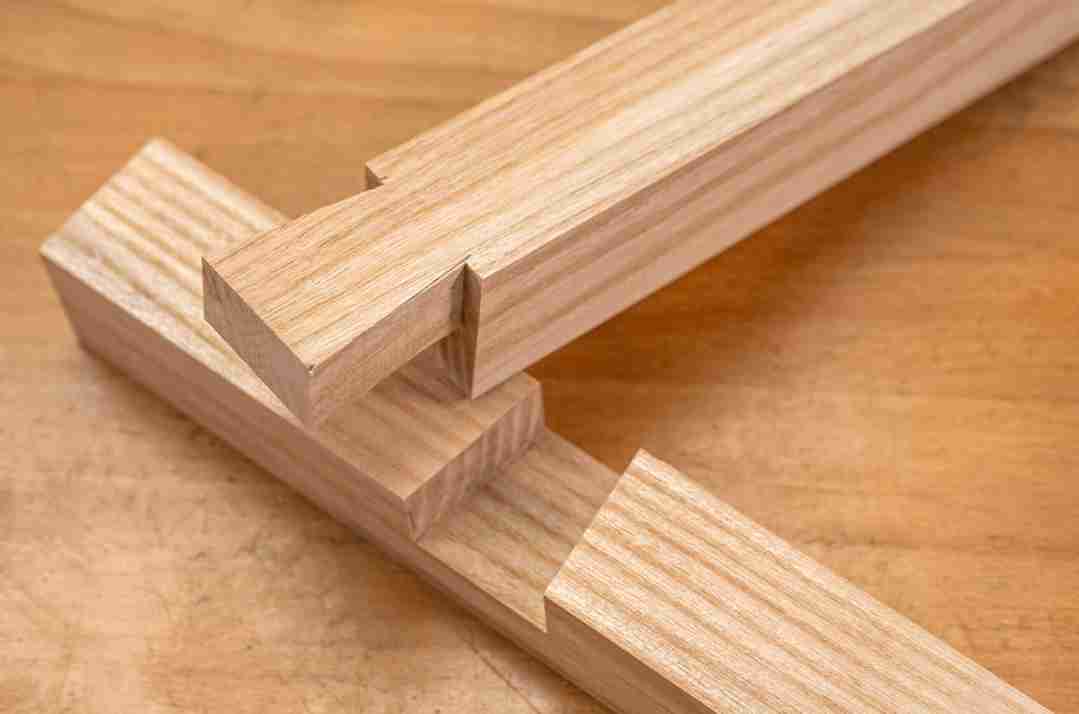
What is this joint
Dove tail Joint
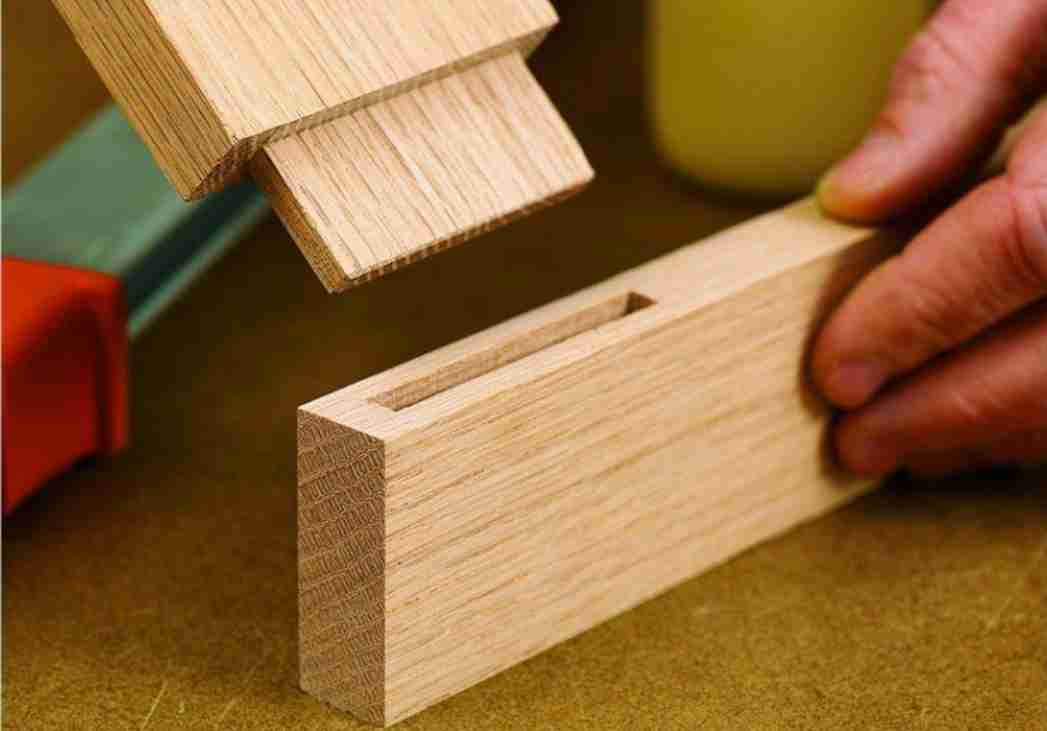
What is this joint
Mortise and tenon Joint
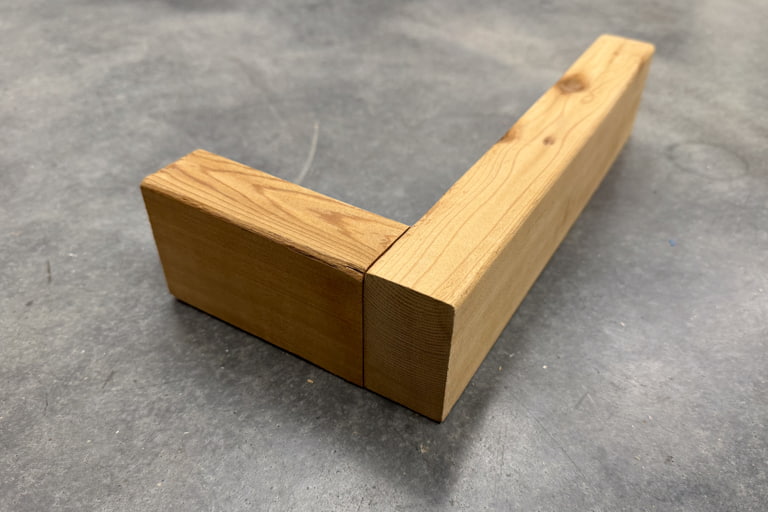
What is this joint
Butt joint
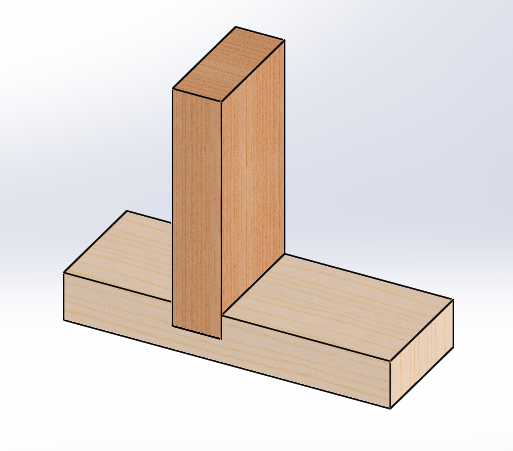
What is this joint
Housing Joint
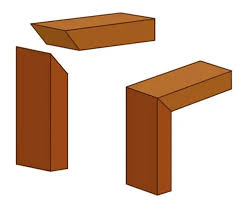
What is this joint
Mitre joint
What is a man made board?
A type of manufactured wood made from waste materials made of wood compressed back into new man made wood boards.
What makes man made boards better than natural timbers?
They are not limited by size, have different properties and are cheaper

How is plywood made?
Plywood is made by gluing together thin layers of wood veneers, with the grain of each layer oriented in alternating directions
Advantages of plywood
Flat, structurally strong, and resistance to warping. Versatile for construction and furniture.
Disadvantages of plywood
Quite expensive, edges can look rough, susceptible to water damage if wrong grade is used
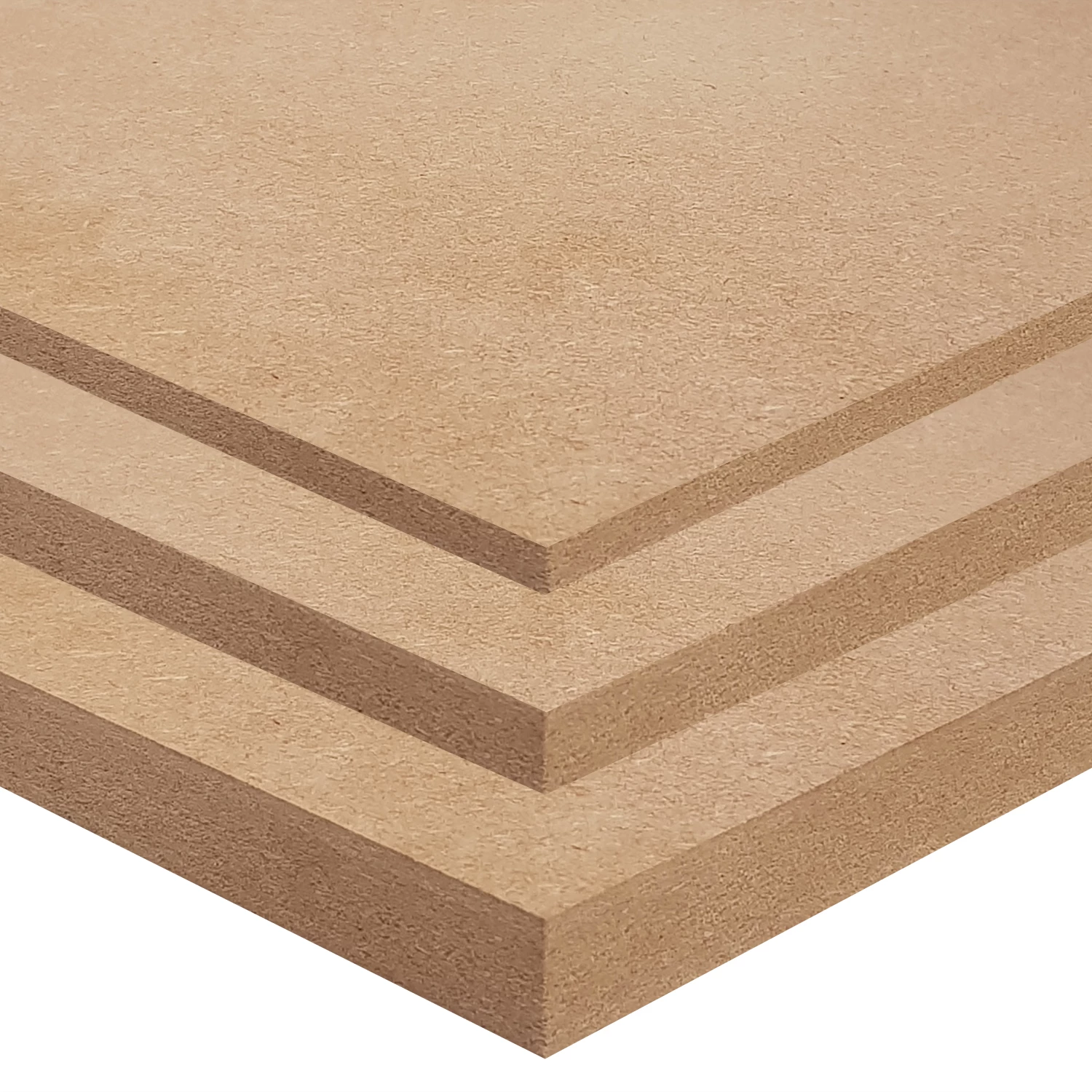
How is MDF made?
Wood dust and fiber are mixed with glue and pressed into flat sheets under extreme heat and pressure.
Advantages of MDF
Cheap to produce, smooth, ungrained surface is good for staining or painting and easy to machine making it good for flat pack furnature and storage units
Disadvantages of MDF
Does not look good so needs coating, weak compared to real wood or plywood
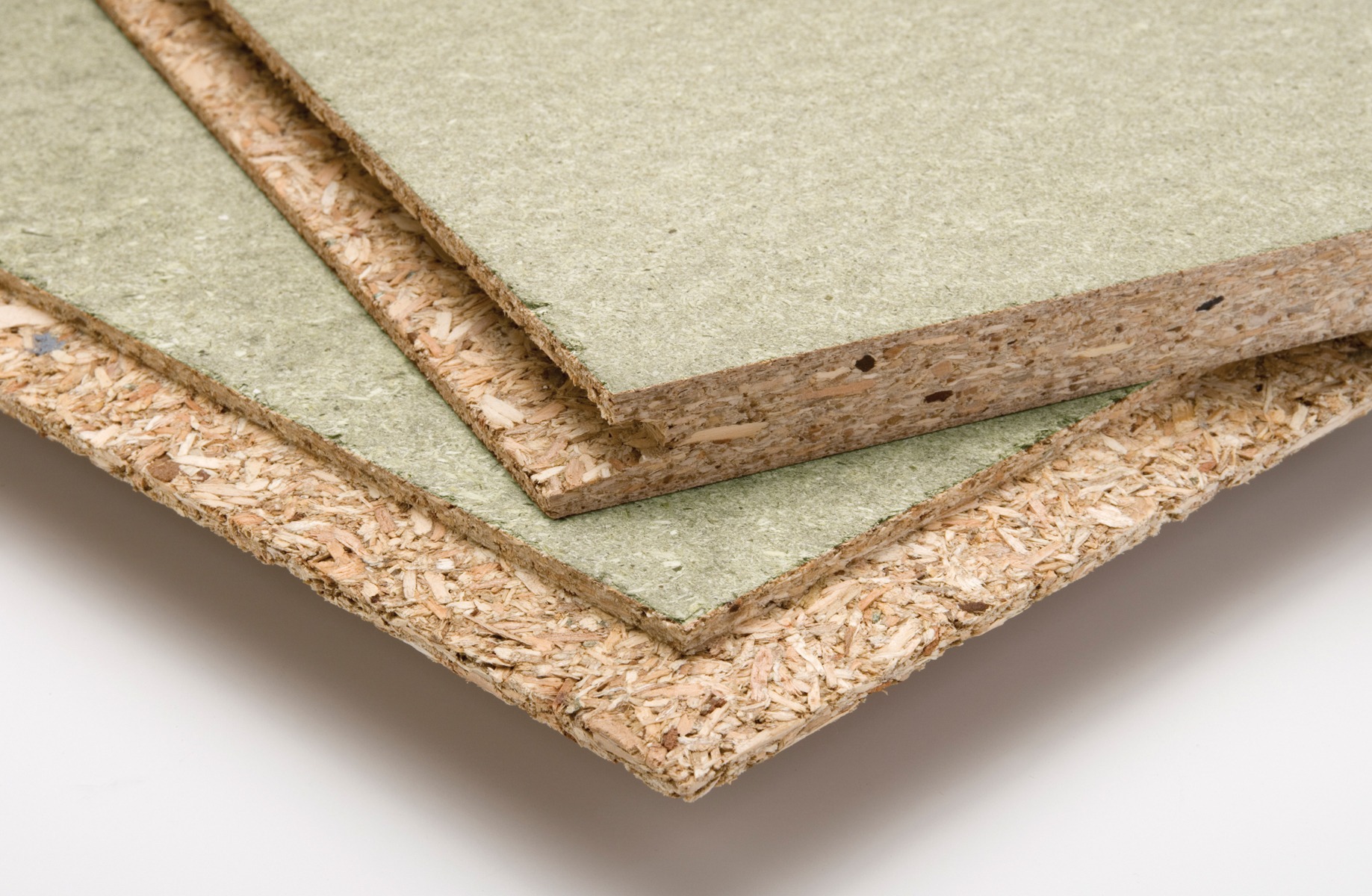
how is chipboard made?
Wood chips are mixed with glue and pressed into flat sheets
Advantages of chipboard
Use waste materials so is cheap to produce making it good for Desktops, kitchen worktops, cheap, flat pack furniture
Disadvantages of chipboard
Not much structural strength, especially in damp conditions, Surface is very rough, so usually plastic coated